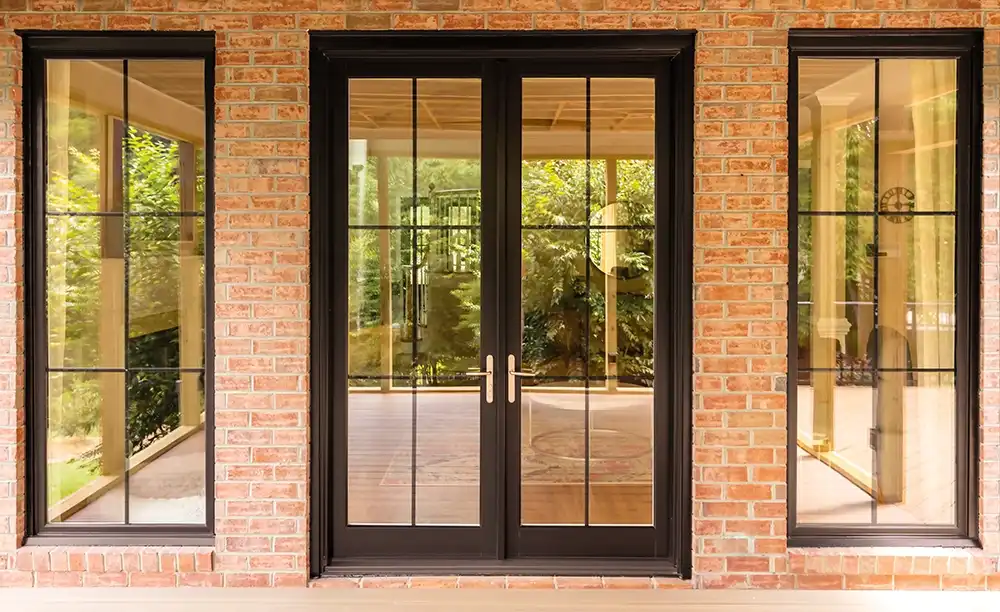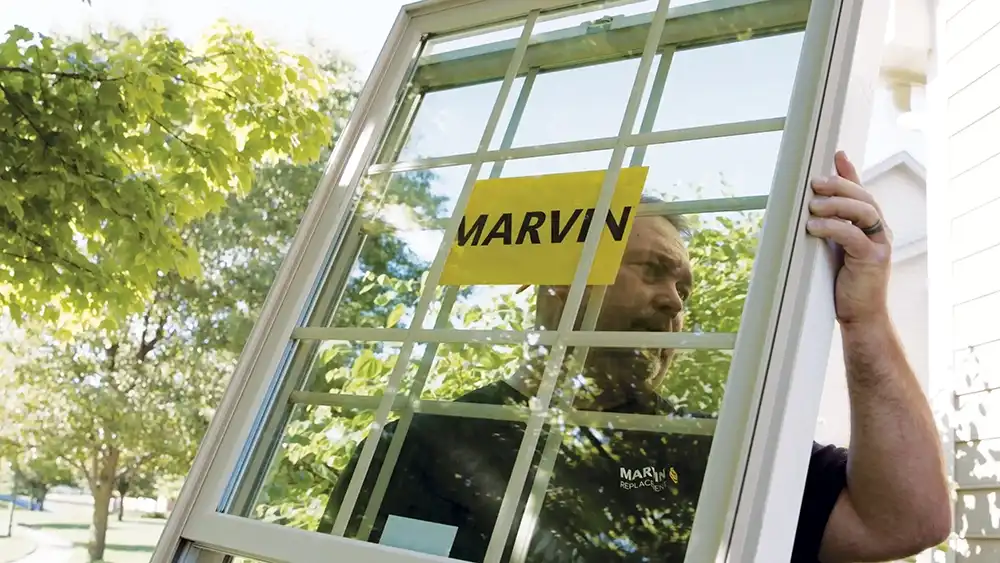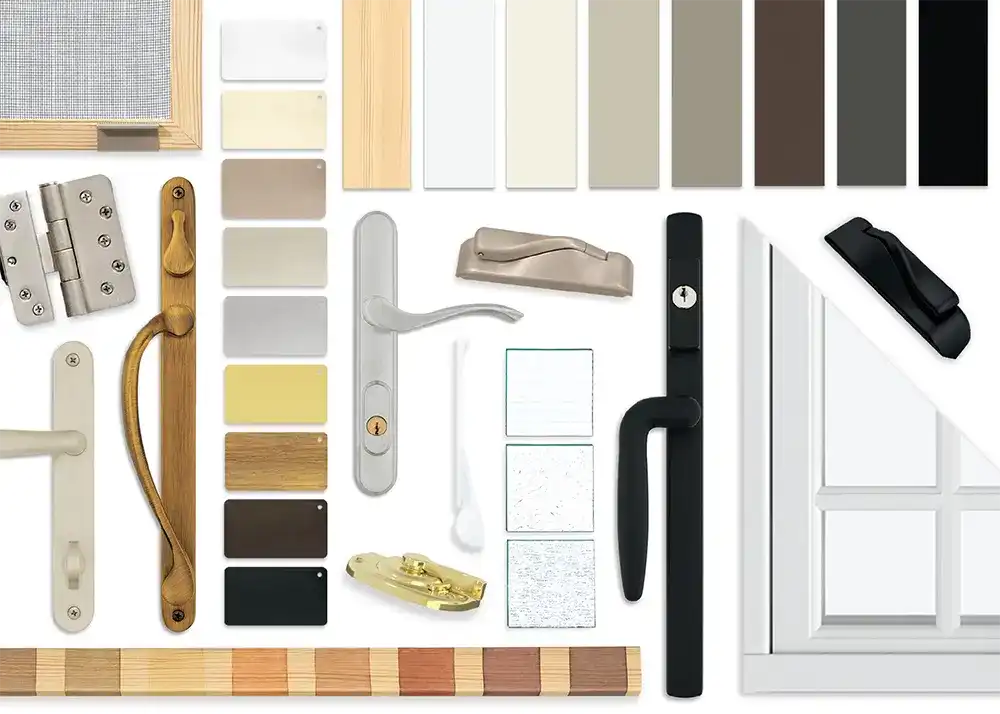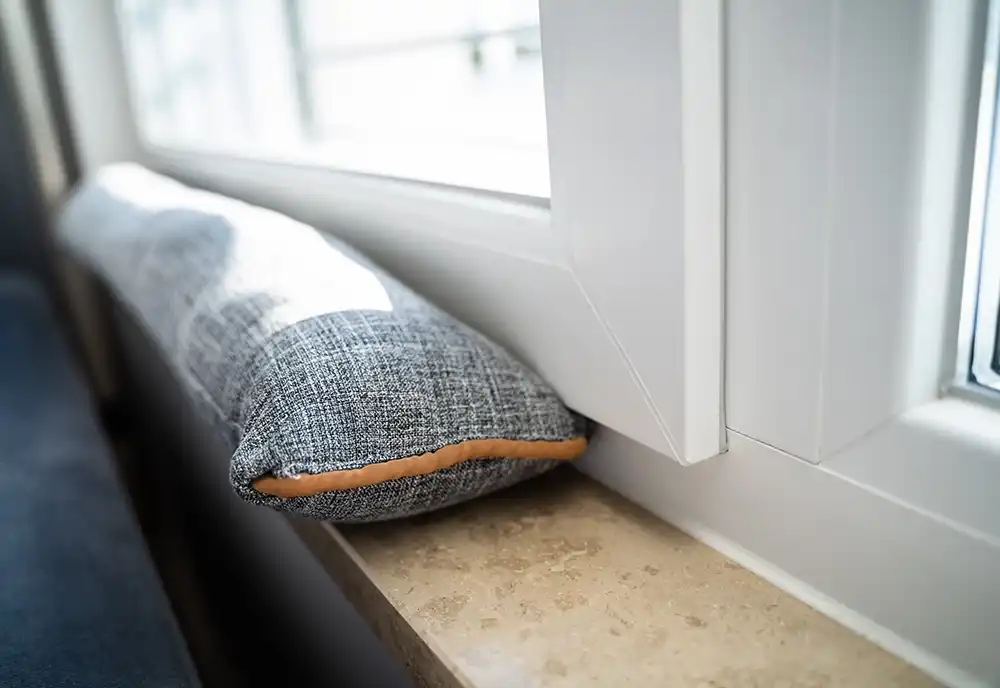Energy Efficient Replacement Windows + Doors
Windows and doors play an important role in a home’s energy efficiency. They help prevent drafts and can help insulate your home. Find out some of the top reasons to add energy efficient windows and doors, what makes windows energy efficient, and the savings energy efficient windows and doors can provide.1

Top Reasons to Add Energy Efficient Windows + Doors
The top reason why people add energy efficient windows and doors is the energy savings they can bring. Energy efficient windows and doors can reduce energy bills.1
New windows and doors can help you feel comfortable in your home, especially when you replace drafty windows or leaky windows because they will be more energy efficient and seal tightly.
Window and patio door glass feature microscopic metallic coatings for home improved energy efficiency. Double pane windows and patio doors have a non-toxic gas fill between the panes that provide additional insulation.
Reducing your energy use also limits your carbon footprint to help the environment.

What are Energy Efficient Windows?
Energy efficient windows are built with the right materials and glass to reduce the amount of solar heat that enters a home in summer and retain heat in winter. Different types of glass coatings are suited for different climates. Marvin Replacement has four types of glass coating options: Low E1, Low E2, Low E3, and Low E3/ERS for home energy efficiency. When comparing fiberglass vs. vinyl window materials, it’s important to understand each materials’ ability to limit heat transfer from the outside.
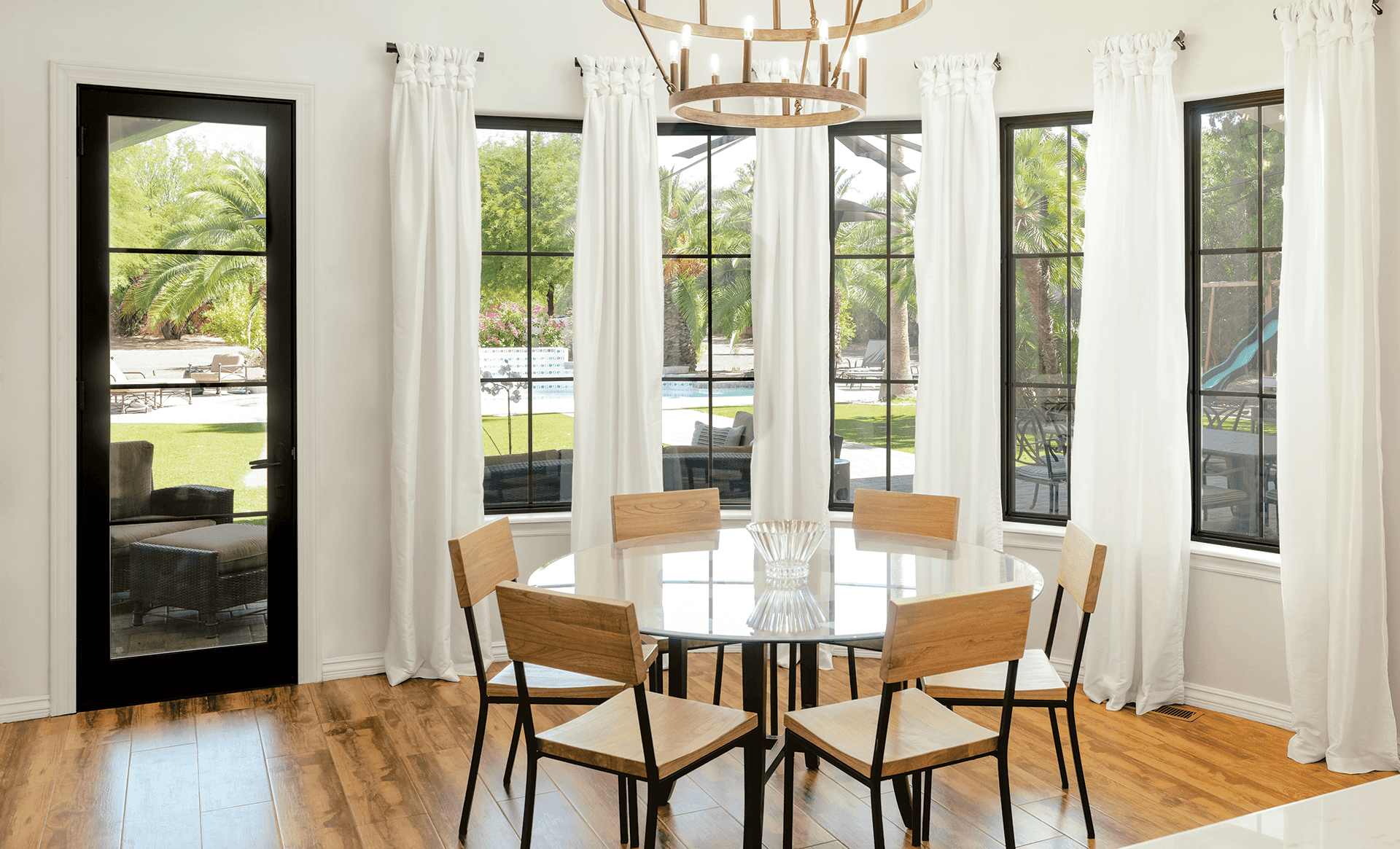
What are Energy Efficient Doors?
Doors play an equally important role in your home’s energy efficiency. As with windows, a door’s glass and frame material contribute to energy efficiency. When looking for energy efficient doors you’ll want to look at U-Factor, Solar Heat Gain Coefficient (SHGC), and Visible Transmittance (VT) numbers to gain a sense of its energy efficiency. An NFRC label hold energy performance information, showing VT, SHGC, and U-Factor values for doors. Door U-Factor numbers range from 0.00 to 2.00.
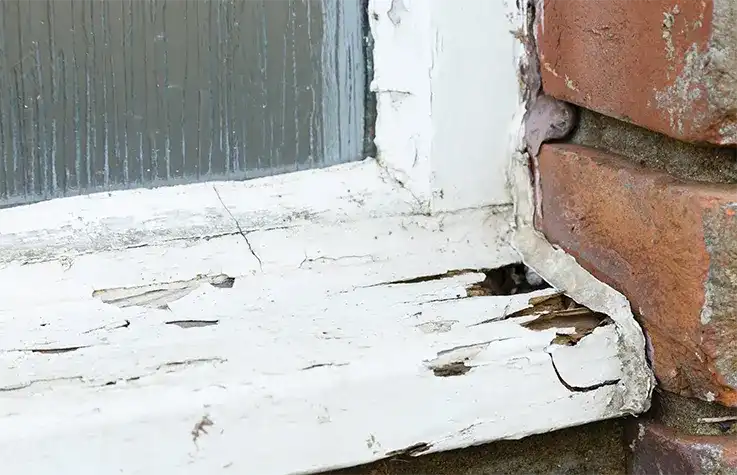
How to Know if You Need Replacement Windows?
Knowing if you need replacement windows or a patio door can involve noticing damage, an increase in your energy bill, drafty windows or leaks, if they’ve become difficult to open and close, or if you see condensation between window panes. Replacing your windows or patio doors can improve your home’s energy efficiency and your home’s aesthetics.
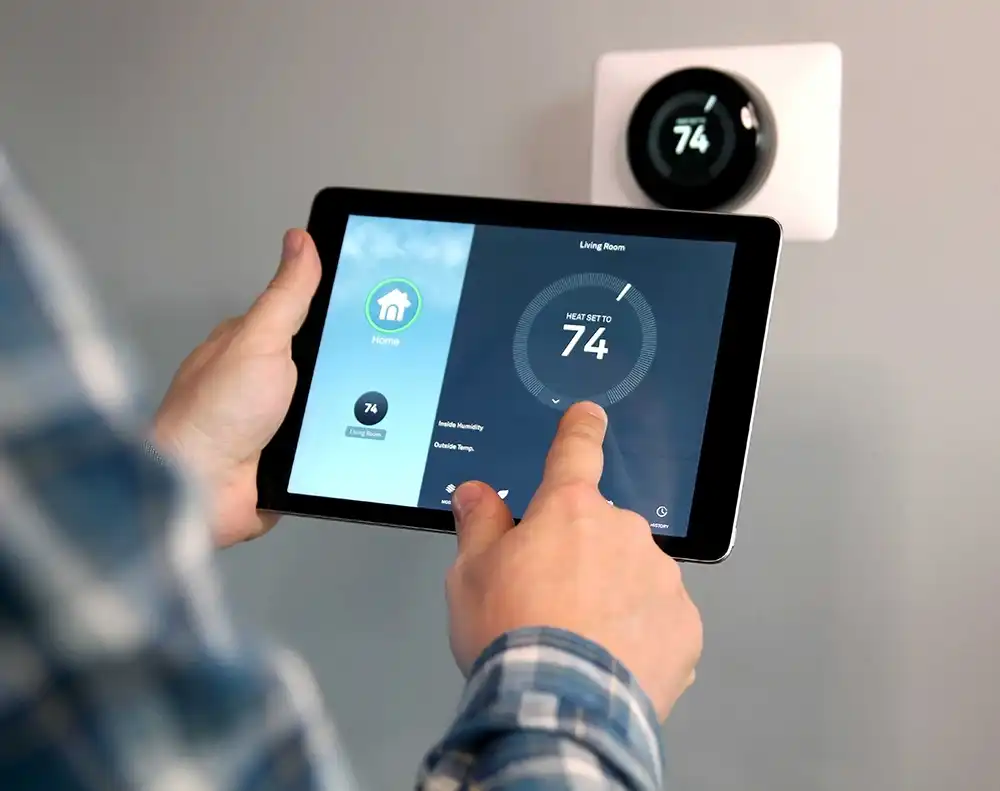
Save Money with an Energy Efficient Home
ENERGY STAR® estimates a homeowner can save around 13% on average, if they’re replacing single pane windows with ENERGY STAR-certified windows.1
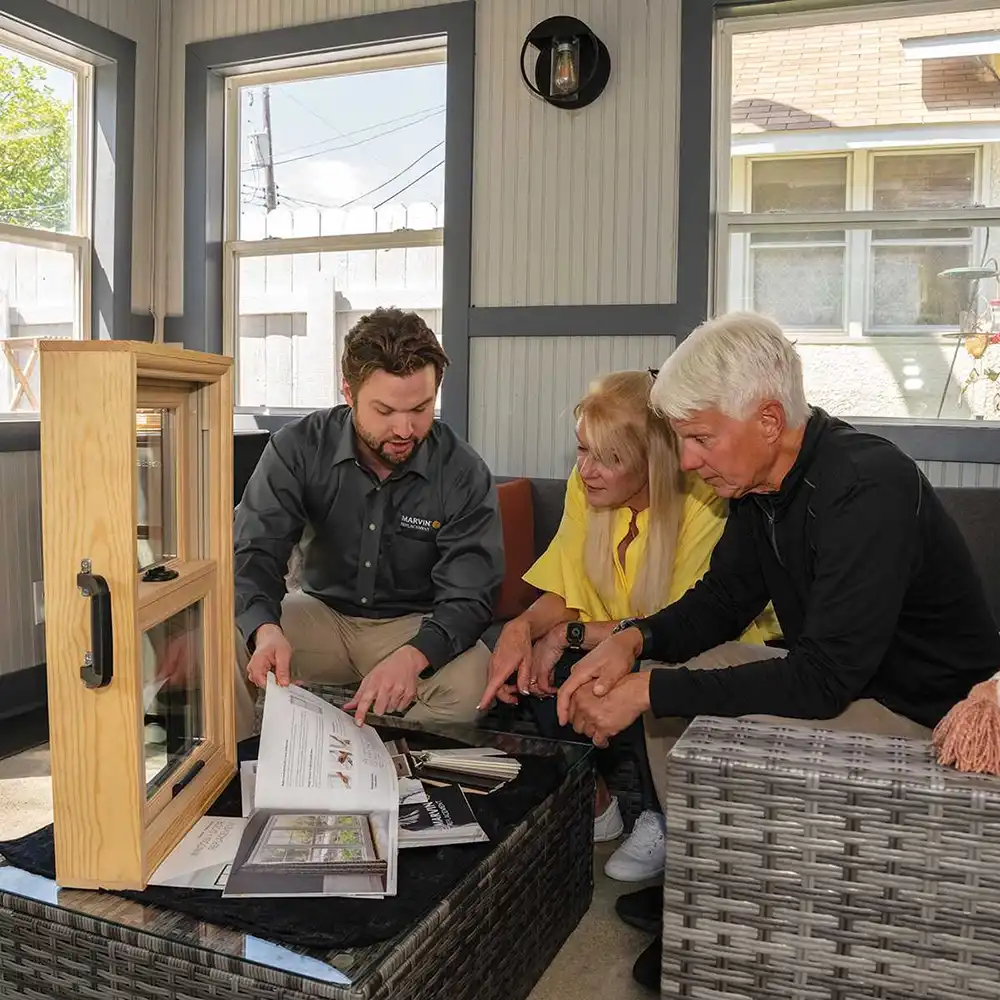
How to Choose the Best Energy Efficient Replacement Windows
Glass coatings, the number of glass panes, and a window’s gas fill can help you choose energy efficient windows. Ratings, like U-factor, SHGC, and VT can all help you make a wise decision on energy efficient windows and doors, too. ENERGY STAR certification uses U-factor and SHGC ratings. An NFRC logo can identify energy efficient windows quickly. You can also view window labels to view rating figures to see if the window will work well in your climate zone.
Glass Coatings
Glass coatings play an important role in a home’s energy efficiency. Different climates require specific coatings to perform the best. Marvin Replacement’s Low E1 coating works well in colder climates because it allows more heat into a home while Low E3 works well in warmer climates because it can reject solar heat. Low E3/ERS can provide maximum efficiency year-round in all climates.
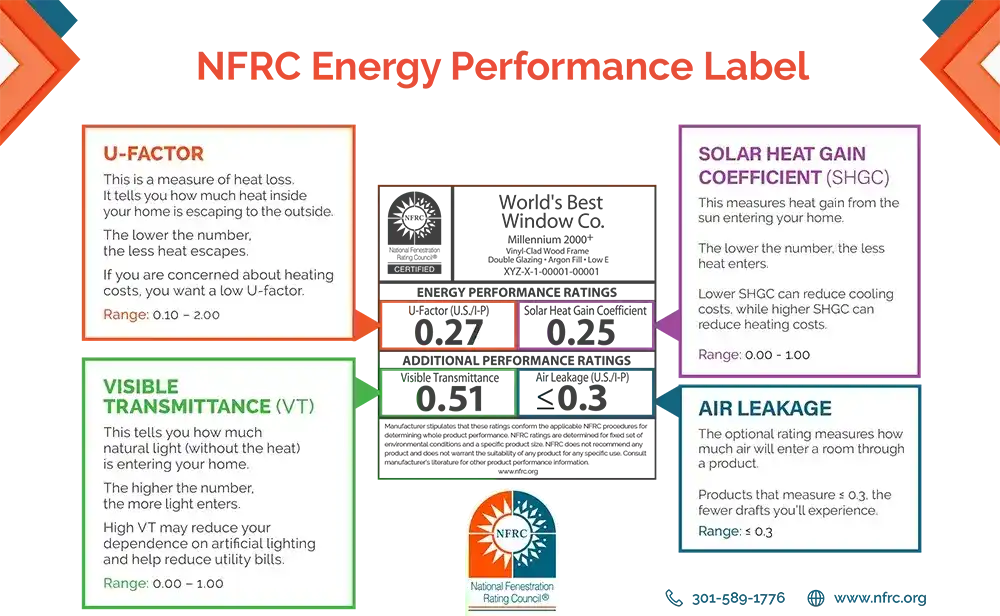
Top-Rated Energy Efficient Windows
One way to quickly learn the energy efficiency of windows is to look at U-factor, SHGC, and VT on an National Fenestration Rating Council (NFRC) window label. The NFRC provides guidance on what the numbers mean and serves as the official certification body for ENERGY STAR. The NFRC Window Selection Tool can help you find top-rated energy efficient windows based on your climate zone. Suggested U-factor and SHGC ranges vary based on your climate so it's important to understand what they mean to find the best energy efficient windows for your home.
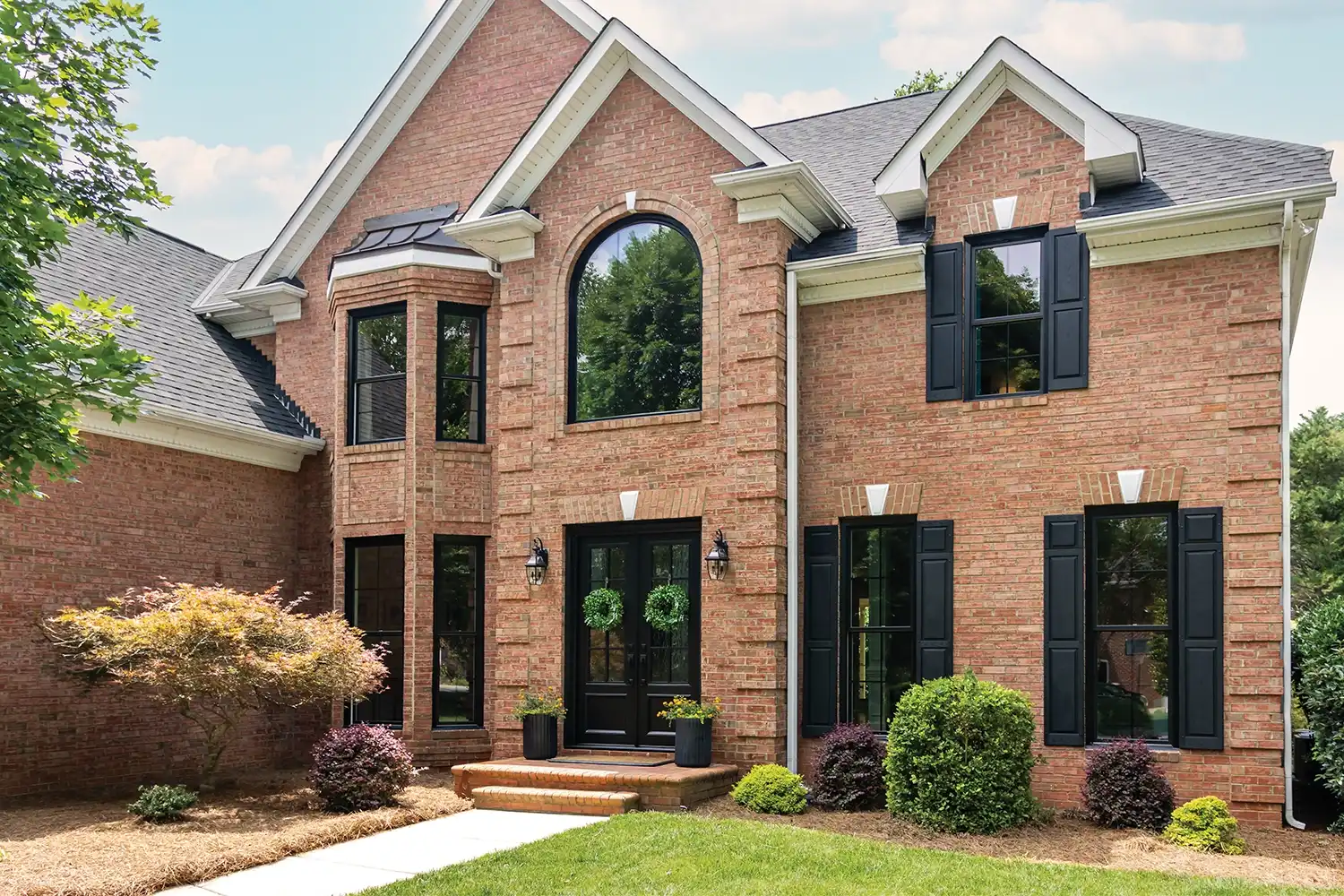
Efficiency in All Climates
Finding the best windows in hot or cold climates means picking the right glass coatings for your climate zone. Marvin Replacement’s Low E2 glass is 56% more efficient in summer and 49% more energy efficient in the winter. Low E3 glass is 70% more energy efficient in summer and 49% more energy efficient in winter.2
Frequently Asked Questions
Several components make a window energy efficient. First, low-E glass coatings play a role in reducing heat transfer to make your home energy efficient. Windows have microscopic thin metallic coatings designed to reduce energy loss. The coatings can reflect solar heat away from a home, or when applied on the interior side of the glass, reflect heat back into a room. Second, double pane windows can reduce heat transfer. Third, the window frame material adds heat transfer resistance. Ultrex fiberglass is 5,000x less conductive than rolled form aluminum, meaning greater resistance to heat transfer.
All Articles
Showing 1-6 of 10
